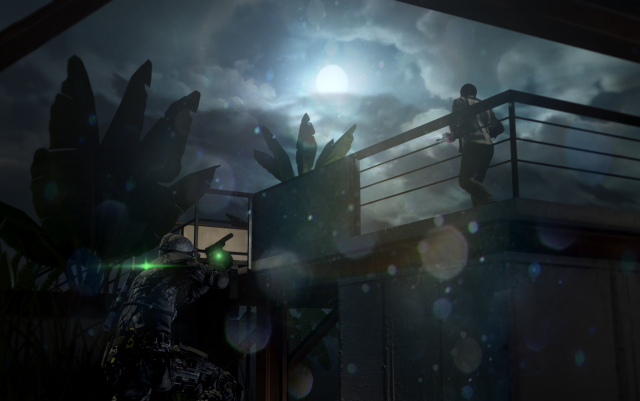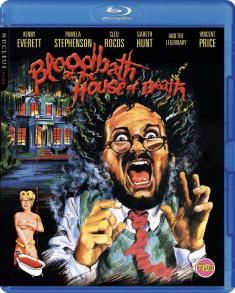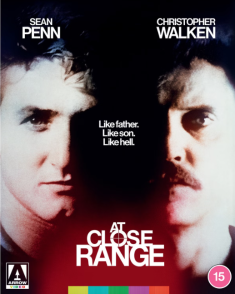Splinter Cell: Blacklist
Overview -
When 'Splinter Cell: Blacklist' was first introduced to the public, the game was dripping with all the sexiness that is becoming common for Ubisoft trailers. There was just one problem, underneath the historically cool montage of US Presidents was some gameplay that did not look much like a stealth game as a new version of Sam Fisher ran around middle eastern settings kicking enemies in the face and holding Jack Bauer-esque (if not worse) interrogations. While franchise fans cheered and jeered, Ubisoft quietly shuffled the game about, which lead up to a somewhat inconspicuous release.
Speaking of inconspicuous, playing this one-time Xbox only franchise on a Wii U was an unexpected quirk for me. Ultimately, this quirk brought with it a few others that likely colored my experience with the game. The question is, does the latest Sam Fisher rate playing?
Video Review
The beginning tutorial level looks awful. The scripted Humvee crash, poorly animated enemies, and confusing level narrative are followed by an all-too-common (for the Wii U version at any rate) lengthy loading time. Whenever the Paladin is loading in or out, the load times are ridiculous and lack any kind of progress meter. The game suffers from the typical Unreal 3 texture detail issue, where the best detail can load in a second or two after the level is visible. Plus some areas, like the chopper on the Paladin, always seem low-res. What's worse, unlike just about any other similar game on other console's, the game was far too dark, and the game's built-in brightness adjustment could not come close to correcting the problem. I was forced to bump up my set's brightness by 25%. In several levels, I routinely found areas (say by hanging off a ledge) that had no detail. Brightness and loading times aside, the game looked as good as most other current-gen Unreal 3 games, at least on a console. I expect Fisher and Co. look much better on a PC.
Audio Review
There is little to complain about in the audio department. The music suits the game well, and remains subtle most of the time. In levels where the enemies use drones, the audio experience is especially good as the drone and/or drone operator can be heard moving around. Peeking under doors or using the trirotor produces just the right synthetic reproduction. Again, the shame is that so many cut scenes pull the player's view back into cinematic view instead of in scene.
While 'Splinter Cell: Blacklist' has some flaws, there is a fun game experience hidden beneath some of the forced aspects borrowed from other games. Ultimately, I found that the game's story and attempts to make levels feel like big scripted set pieces to be less than satisfactory. Meanwhile, actively hunting or being hunted by the game's enemies was exhilarating, and the multiplayer mode is in keeping with this "hunt or be hunted" feel. And yet when it comes to a 'Splinter Cell' game, it is just a shame to have to say ignore the campaign
 |












